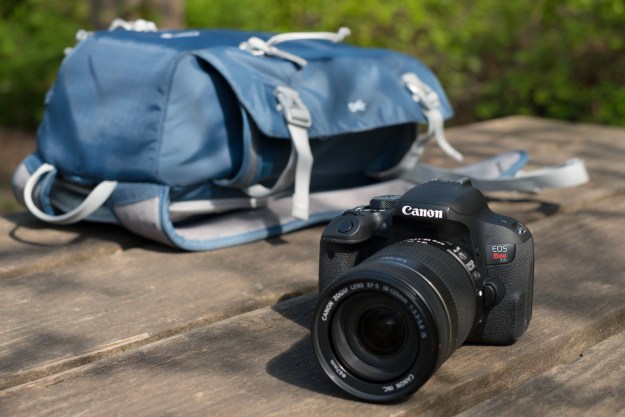German lens manufacturer Meyer-Optik-Goerlitz has launched its fifth and latest Kickstarter campaign to bring another historic lens to life, the Lydith 30mm f/3.5.
The original Lydith lens was first designed in the 1950s and eventually introduced to the world in 1964. Over time, it made its mark as a sharp lens that offered impressive contrast and color rendition. The hope is the new model is capable of bringing back its signature aesthetic.

As with all of Meyer-Optik-Goerlitz’ revived designs, the Lydith 30mm f/3.5 is built on a historic optical design; the same used for its Trioplan 50 and 35mm lenses. Improvements have been made, though, thanks to more precise manufacturing and specialized optical elements made from Schott Glass coated with an anti-reflective coating.
The lens is constructed of 5 elements in 5 groups, features an impressive minimum focusing distance of just 0.16 meters, and weighs just over 220 grams. Its 12-blade aperture diaphragm and maximum f/3.5 aperture help define the lens’ signature bokeh, an aesthetic Meyer-Optik-Goerlitz equates with a watercolor painting. As with all lenses in Meyer-Optik-Goerlitz’ lineup, the Lydith 30 is completely manual, meaning focusing and changing aperture is done using rings built into the lens.

Available mounts for the lens currently include:
- Canon EF
- Nikon F
- Sony E
- Fuji X
- Micro Four Thirds
- M42
- Pentax K
- Leica M (rangefinder not supported/focusing via live view)
Already, the Kickstarter campaign has more than tripled its original $50,000 goal, a common occurrence for Meyer-Optik-Goerlitz’ lens revival campaigns.
It’s unknown what the lens will eventually retail for, but you can secure one right now for $699 if you hurry up and grab the second round of early bird specials. The earliest shipments are expected to go out in February 2018.



